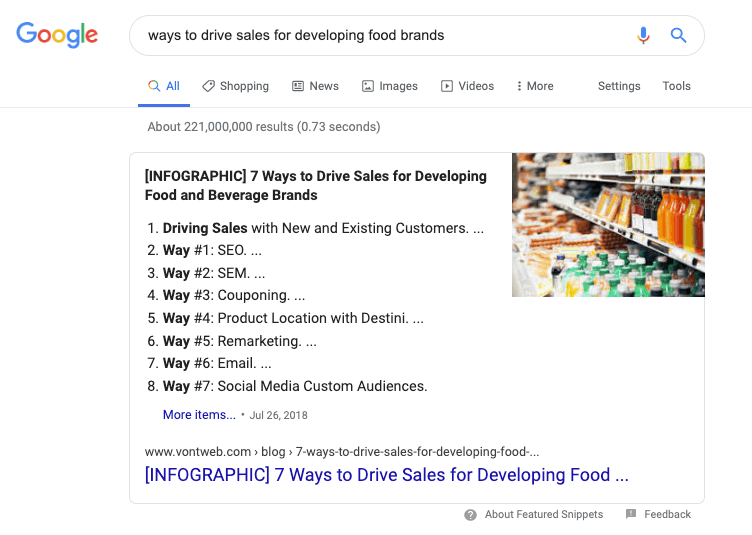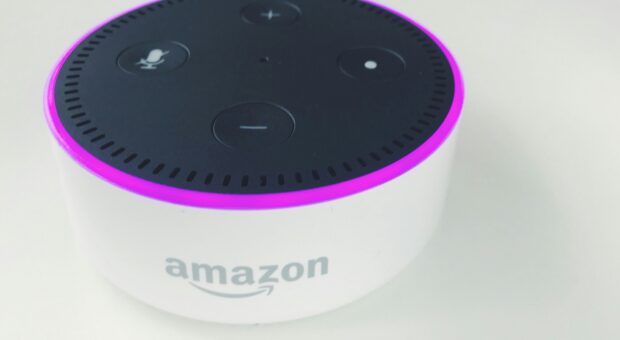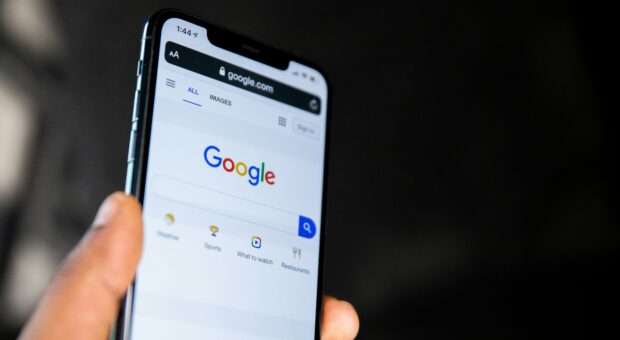
Year after year, marketers’ goals to increase their organic visibility doesn’t seem to change, but the tactics and placements to achieve this do. In the latest shift in search engine optimization, the previously sought-after placement of the 1st position on organic results has been augmented by the newly coveted position zero.
What is this you ask? We break down what is position zero, why marketers are fighting for this new position in search results, and how to achieve it yourself. Read on.
What is position zero?
In an effort to always surface the most relevant information quickly and easily, Google implemented what is called “position zero” a few years ago. This is the first organic result following a search query which contains the information the user searched for, above the fold, directly within the SERP.

The information is provided in the form of a featured snippet that gives a summary of the “best” result for a searcher and typically an image. Additional SERP result formats that are considered position zero are:
- Instant Answer Boxes, which are what most people think of when they talk about position zero.
- Knowledge Panels, which live to the right of the search result listing and feature content typically derived from local location or brand/profile information.
- And Knowledge Carts, which automatically pull shopping results related to your search to the top of the page.
Why do you want to be position zero?
Position zero results are a helpful feature for both searchers and marketers. For searchers, they are given an excerpt of the information they are looking for which can often provide them the exact information needed. This can move a searcher deeper into their research, or closer to purchase, much faster than digging through search results and web pages for the answer.
As marketers, we’ve all been striving to reach the first position in SERP results, and the addition of featured snippets in position zero actually increases your chances for organic visibility. Even though people receive the answer, there is often more to learn on a deep, complex topic, so most people do still click through. Since lots of people just click on the first result, this is ultimately the best position. These clicks, and then positive engagement with your content, create a compounding effect by giving you a boost to your credibility in the search engine’s eyes. This can raise your visibility on other content as well, which is a win-win.
Let’s say the searcher doesn’t click, how is this position valuable to me? Think of it this way—your brand is creating an important touchpoint with that searcher by giving them exactly the information they wanted. This will build trust between your brand and the visitor which can lead them back to your site later on.
How to achieve Position Zero
How content is chosen to be served as a featured snippet seems to be far more systematic and understood than regular search results which can make it seem deceivingly easy for marketers. It is important to note though, this position is especially volatile. What content is displayed for a query one day can change the next (if not the next hour), not to mention across devices.
As with any SEO strategy, it is always important to focus your content strategy on your end user first and foremost. Here are three things to remember when making a play for the coveted featured snippet at position zero.
1. Focus your content on your audience
The number one most important and impactful way to improve your SEO strategy in hopes of reaching position zero is through your content. Focusing your web and blog copy on what your audiences want to know will help align your content in relevance to their search queries.
Think about the questions they ask as they research problems, solutions, and products, and be sure to answer those questions through evergreen content on your site. By answering the Who, What, When, Where, Why on a topic and organizing your page with strong subheads it will align your content to featured snippet results.
Make sure your content is simple enough to explain the answer to those key questions in a short paragraph (strive for a 50-60-word range), but deep enough to have a page dedicated to the overall topic.
2. Format your content so it’s easier to digest
On-page copy will always be incredibly important for growing your organic visibility, but the readability of that content is equally as important to remember. Using bullets and numbered lists, images and infographics, and even short embedded videos can help readers quickly scan and easily digest the content.
If you’re including video in your content, make sure you include a short summation of the video so the reader knows what they can learn from the content and so that search engines can decipher the topic of the content. Also, images help SEO through their alt text so be sure to add that to each graphic as well.
3. Already ranking on the first page gives you the best opportunity…
…But this is not a hard and fast rule. Google says anything on the first page of results, which is typically about 10-page listings, has the opportunity to reach position zero for a search query, but it seems to be broader than that.
Through testing, we have seen some featured snippets showing up in position zero for content that is not already on page one of search results, but your content needs to at least be close. If your content is not ranking on or near the first page of results, then this is actually step one. Double checking your on-page SEO, getting some inbound links to your content, and focusing on positive engagement with the page can help drive you closer to the first page of results.
The Takeaway
All search engines want to do is provide the most relevant result to a user, and so should you. Evolving your SEO strategy from writing for the likes of Google and others, to tailoring your content to your ideal audience, will ensure your content is aligned to their search queries from the start. Keep an eye on their on-page experience and develop FAQ-type content to make progress toward increasing your organic visibility through position zero.
Not ranking in the first page of results? Download our on-page/off-page SEO guide.
About VONT Performance Digital Marketing
At VONT we believe that change is the only constant in the digital world – and that excites us. When tools and environments are constantly changing, new opportunities to help our clients achieve success are constantly arising. Each new advertising technology, social platform, or design approach allows us to improve on the results we achieve for our clients.
We believe in this idea of continual fine-tuning so much that we named our company VONT, which means to achieve exponential improvement in incremental steps. It is our core belief, and the reason why we are not simply a web design company or simply a digital advertising agency, but rather a long-term, single source partner providing a comprehensive array of web development and digital marketing capabilities.
In short, we’re here so that our clients achieve success in the ever-changing digital world. If you’d like to learn more about VONT and the work we’ve done with our client partners, visit our Work page. Or, if you have a question, contact us. We’ll get right back to you!

